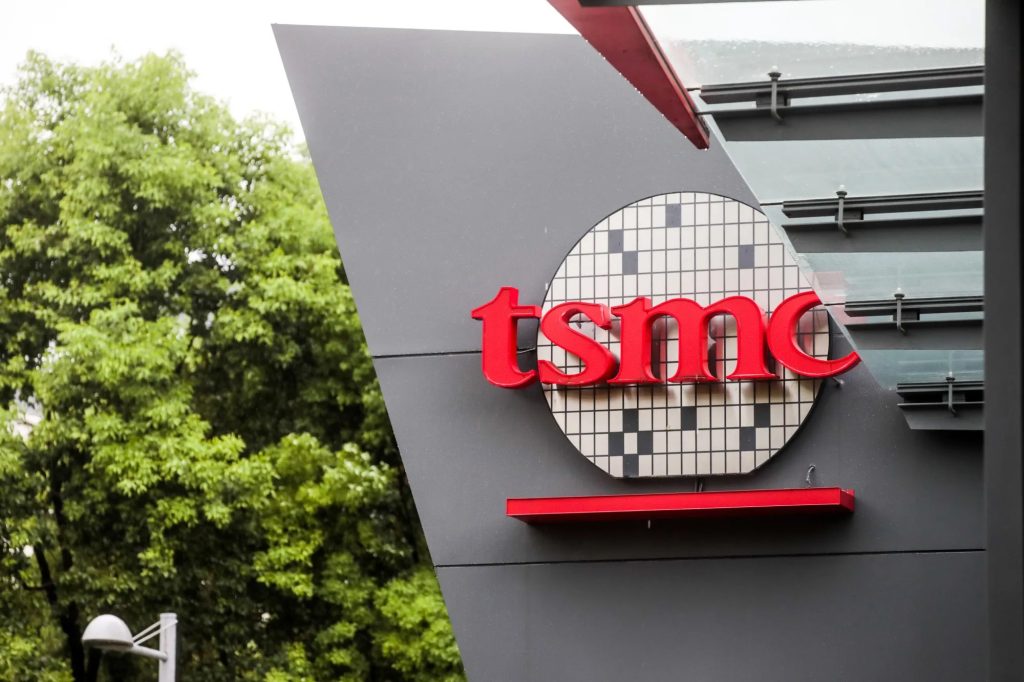Auto Added by WPeMatico

Despite headwinds, strong tech sector support is expected to keep stock market resilient this year
by IFAST RESEARCH
FROM early April to date, the US dollar has sharply declined against the new Taiwan dollar (TWD) (equivalent to an appreciation of the TWD.) In early May, it fell nearly 10% over the two trading days, marking the largest drop since 1987, and has now stabilised at around 29.5 (as of June 20, 2025, equivalent to approximately 0.034 TWD per US dollar).
While the reasons for the TWD’s sharp appreciation are widely debated, we believe two explanations are more plausible: First, due to the recent weakness of the US dollar, Taiwanese insurance companies holding significant US dollar assets may have increased foreign exchange (forex) hedging ratio, while some institutional investors unwound carry trades financed in TWD to prevent further losses; second, to mitigate the impact of US dollar depreciation, a proportion of Taiwanese exporters converted large US dollar holdings into TWD to reduce losses.
Although the TWSE Index recorded a rebound during this period, for an export-led economy like Taiwan, currency appreciation reduces the competitiveness of exporters’ products and impacts company earnings. In the foreseeable future, we will incorporate forex factors into our analysis below to reflect the impact of TWD’s sharp appreciation on the stock market.
Economic Outlook Remains Relatively Resilient
Taiwan’s first quarter 2025 (1Q25) GDP grew by 5.48% year-on-year (YoY), surpassing expectations and previous figures, marking the fastest growth rate since 1Q24. Although the economy was primarily driven by exports during the quarter (with goods and services exports rising 20.29% YoY), particularly following the US announcement of a 90-day suspension of reciprocal tariffs, which prompted global companies and clients to stockpile goods to avoid tariffs, other factors were also at play.
The DG of Budget, Accounting and Statistics (DGBAS) noted that the continued expansion of artificial intelligence (AI) applications has prompted increased participation by cloud service providers and multiple countries in enhancing computing power, as well as robust demand for AI infrastructure investments.
In addition, the gradual easing of supply bottlenecks for high-end ICT products and related components have sustained strong export performance. This conveys an important message: Taiwan’s exports are driven by the global digitalisation trend and structural AI demand, aligning with our long-term outlook.
Indeed, trade protectionism advocated by the US and uncertainties surrounding tariffs are expected to inevitably suppress global trade activities. Consequently, authorities project that Taiwan’s goods exports will rise by 22.6% YoY in the first half of 2025 (1H25) but decline by 3.2% YoY in 2H25, resulting in an overall yearly increase of over 9%. We believe this forecast is reasonable, as pre-emptive stockpiling by companies is expected to gradually taper off in the coming two quarters due to rising inventories, while economic uncertainties may dampen company investment and consumer confidence.
Additionally, the appreciation of the TWD could reduce export competitiveness. Nevertheless, despite the downward revision of Taiwan’s full-year economic growth forecast, the projected growth rate of 3.1% still indicates that authorities remain relatively optimistic about the local economy’s resilience, which could bolster investor confidence in the stock market.
In fact, exports account for approximately 60% of Taiwan’s GDP, and as of the end of 2024, the US accounted for over 23% of Taiwan’s total export value — the highest level since 2000 — reflecting Taiwan’s growing reliance on US demand. At the same time, this underscores the critical importance of Taiwanese-manufactured products to the US, with ICT products comprising about 60% of Taiwan’s exports to the US.
Taiwan’s dominant position in the semiconductor industry means that the US’ ability to maintain its leadership in the AI race relies heavily on Taiwan’s currently irreplaceable advanced technologies. Therefore, we believe Taiwan holds considerable bargaining power in trade negotiations with the US (concerning reciprocal tariffs and semiconductor-related tariffs). Should both parties reach a trade agreement more favourable than market expectations (eg, lower tariff rates on Taiwan), this would undoubtedly benefit Taiwan’s economy and stock market.
TSMC to Continue Leading Technology Sector
On May 21, 2025, the US government disclosed a letter from Taiwan Semiconductor Manufacturing Co Ltd (TSMC) to the Bureau of Industry and Security, in which TSMC stated that tariffs would suppress demand for electronic products, impacting its revenue and undermining its financial capacity to advance its Arizona project as planned.
Months earlier, in response to US President Donald Trump’s push to revive US onshoring of manufacturing, TSMC committed to investing US$165 billion (RM698.27 billion) in building wafer fabrication plants in the US as a bargaining chip for tariff exemptions. We believe this move increases the likelihood of TSMC securing exemptions (or facing lower tariffs). If realised, reduced manufacturing costs would benefit the technology supply chain, including TSMC, acting as a catalyst for upward movement in its stock price.
TSMC’s 1Q25 performance continued to demonstrate strength following 4Q24, maintaining its full-year revenue growth forecast (24%-26%) and unchanged capital expenditure (capex) (US$38 billion to US$42 billion). This reflects management’s confidence in the company despite uncertainties surrounding tariffs. Additionally, TSMC chairman CC Wei stated during the earnings call that tariff risks have not altered customer attitudes, indicating resilient demand for TSMC’s advanced chips and packaging technologies from major tech clients such as Apple Inc, Nvidia Corp and Advanced Micro Devices (AMD). TSMC’s earnings outlook remains unaffected by demand-side concerns.
Furthermore, at the Computex Taipei event in May, Nvidia announced the establishment of a regional headquarters in Taipei, which will serve as a key hub for AI, robotics and supercomputing technologies. This underscores the strong confidence of leading global semiconductor companies in Taiwan’s technological capabilities, a factor investors should not overlook.
As of June 20, 2025, TSMC accounts for approximately 39% of the TWSE Index, and rough estimates suggest its projected earnings for 2025-2027 will contribute 30%-40% of the index’s total earnings. We forecast TSMC’s earnings growth at 27% and 18% for the next two years, respectively (accounting for forex impacts, as below), with its optimistic structural profitability expected to continue driving the technology sector and benefitting the broader Taiwan stock market over the long term.
Additionally, the two other major constituents of the TWSE Index, Hon Hai Precision Industry Co Ltd and MediaTek Inc (each representing approximately 3% of the index), reported solid 1Q25 results. Hon Hai achieved record-high revenue for the same period, while MediaTek’s revenue exceeded expectations.
Although Hon Hai’s chairman expressed caution regarding tariff and foreign impacts, he emphasised the company’s flexible supply chain management and globally diversified factory network. We anticipate that Hon Hai’s mass production of Nvidia’s GB200 servers starting early this year, along with orders for GB300, will accelerate growth in its cloud computing business, with promising long-term profitability.
Similarly, MediaTek’s CEO indicated that tariffs have not significantly altered customer orders, and the company plans to launch its next-generation flagship chip, the “Dimensity 9400+”, in the 2H25, which is expected to gain traction among existing clients. Brokerages also project that MediaTek’s market share in consumer electronics, automotive and data centre chips will expand, offering significant long-term growth potential.
Factoring in forex effects, we have revised downward our earnings forecasts for Taiwan’s technology sector, with projected growth of 15% and 17% for this year and next, respectively. However, given double-digit earnings growth and the technology sector’s over 70% contribution to the index’s weight and earnings, it is expected to remain the primary long-term driver of the Taiwan stock market.
AI Structural Story Sustains Market Outlook
Amid the dual challenges of tariffs and forex, the Taiwan stock market is expected to face inevitable headwinds this year. The robust support from the technology sector is expected to offset these negative impacts, allowing the broader Taiwan stock market to remain resilient.
- The views expressed are of the research team and do not necessarily reflect the stand of the newspaper’s owners and editorial board.
- This article first appeared in The Malaysian Reserve weekly print edition
RELATED ARTICLES

Is it time to return to Asian high yield? Here’s what we are watching
The post Can Taiwanese stocks break through tariff, forex barriers? appeared first on The Malaysian Reserve.
